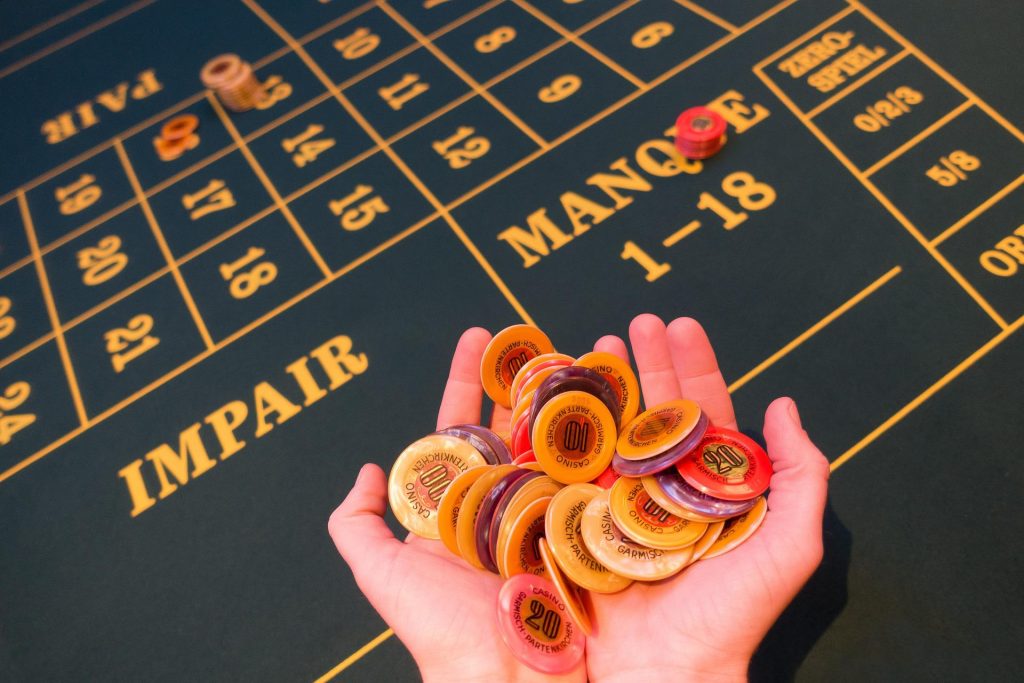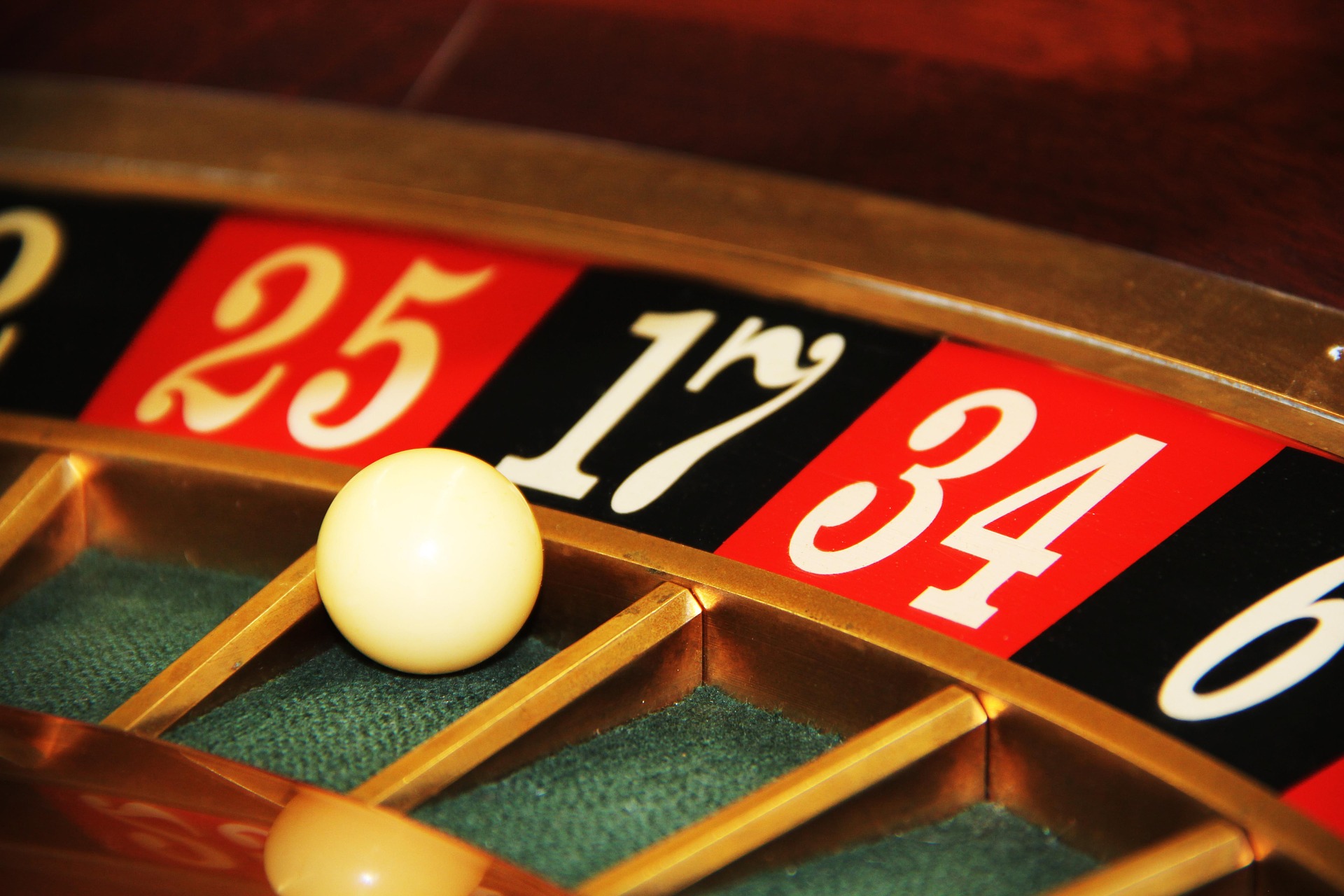Live Roulette offers live casino players multiple betting options that can bring even unexpected outcomes and payouts. The red black roulette system, for example, certainly has its pros and cons just like so many other systems of playing at the famous green table. Is it worth trying this experience? The answer depends a lot on your playing style! But if you don’t want to miss any good opportunity to learn something new with our tips and play casino strategy, continue reading this special dedicated to the best systems based on red and black at roulette, and their chances of winning.
The red and black of roulette
In the game of roulette, whether at the land-based casino or online table, the easiest-and certainly most common bets among novice players-are those on the color red and the color black . The name of these bets, as we all know, comes from the color of the pocket in which the numbers are placed on the cylinder disc.
These types of bets are part of the roulette bets known precisely as simple chances, i.e., the “simple combinations” whose payout corresponds to the same amount invested by the player in the initial bet (1:1).; e.g., if I place a winning bet of €1 on a red (or black) number I will get €2 in winnings, i.e., €1 net winnings + €1 return for the bet I just placed.
The advantages of betting on red or black
First, the color bet is always present at all tables, even the most cutting-edge variants possess this game option (see Live Lightning Roulette). Although the arrangement of numbers on the pot may vary depending on the roulette wheel we are using (e.g., American or French), all numbers are always assigned the same color, making possible misunderstandings at the table at a minimum.
Red numbers:
1, 3, 5, 7, 9, 12, 14, 16, 18, 19, 21, 23, 25, 27, 30, 32, 34, 36;
Black numbers:
2, 4, 6, 8, 10, 11, 13, 15, 17, 20, 22, 24, 26, 28, 29, 31, 33, 35.
The payout on simple combinations remains unchanged in each case. By betting on colors, the player can therefore get a decent payout with a very good chance of winning, which is around 50 percent. The zero, and the double zero in American roulette, are usually hosted by a green-colored pocket, but in themselves “have no color” for the purposes of the game. This means that a bet on red or black will not be considered a winning bet in the event that the 0 or 00 is rolled, thus lowering the odds of winning by up to 48.65 percent per round in the case of 37-number roulette, and up to 47.36 percent in the case of 38-number American roulette.
💡 Did you know? The colors red and black have always been part of the history of gambling. Especially when it comes to the history of roulette! In fact, some historians have documented its existence at least as early as the early 16th century, with the birth of an all-Italian popular game: the girella. In this rudimentary segmented wheel, the various areas were colored by alternating the two colors so that the audience could clearly recognize the outcome of the round, even at a distance.
The red/black doubling method

One quality we all appreciate in the game is that we can take advantage of different types of bets. Roulette lends itself beautifully in this regard, as it allows the player to try his hand at various types of bets and apply different strategies to increase his bankroll.
Even a simple bet such as the one on red and black can thus turn into a useful method of playing with a bit of cunning and luck. There are quite a few systems-more or less famous-for using roulette bets profitably and calculating the odds of winning in our favor.
In the first place are the various systems based on the doubling method, which consists of multiplying an amount to be bet from round to round on various types of events, usually chosen according to the pattern of results at the table, with the aim of gaining an advantage over the house. Doubling games should obviously be used with caution, for a number of reasons that we will see in a moment. In this category, one could list various tactics, more or less similar to each other, which usually rely precisely on the use of simple chances, such as betting on red and black. For example, some techniques involve always going along with the table color (so if the red color wins, always bet on red); or going “against” the table color; doubling after a win; or doubling after a loss; etc.
In general, however, the doubling game is mainly associated with the system known as Martingale, the most famous of all. Let’s see it together below!
System framework
The Martingale is one of the systems, or rather, one of the best-known “cheap” maneuvers among roulette players. This is because it is a very simple method to understand and apply at the table, even when you are a beginner. As gaming expert Antonio Lamagna recounts in his encyclopedic book “From Zero to Thirty-Six – A Complete Guide to Roulette” (2014):
“The first maneuver players learn is the direct uppercut, which is a negative progression game system [meaning the bet is increased following a loss]. Its use is documented as early as the French gamblers of the 18th century, who used the term “martingale” to denote the strategy of doubling the bet in case of a losing bet on simple chances.”
Purpose and Operation
This red/black based system is actually a mathematical analysis that can be applied in any kind of calculation and is strictly aimed at optimizing one’s resources in the shortest possible time. The purpose is precisely to double the value of one’s bet after each loss, so that one can at once recover the amount lost in previous bets the moment a win is achieved. Usually, this doubling method involves precisely betting always on the same color, alternating the two red/black bets according to the result of the previous round. In addition to covering the losses accrued, this technique also allows the player to gain additional profit. Let’s see how.
Example: If we bet 1 chip on black and the ball falls into a red numbered box, we will use the doubling method to bet +2 chips on the black color. In case red comes out again, we will continue the tactic by doubling the bet with +4 chips again on the black color, and so on, until a black number is drawn. If on our third attempt the bet is successful, we will get a net win of +4 chips, in addition to the 4 chips used for the bet. The total will then be 8 chips, which against the 7 chips invested includes +1 additional profit chip.
Pros and cons

This system, which mathematically is considered foolproof, actually has some shortcomings at the gaming table that need to be considered. Since a doubling of the bet is always required, first of all we have to consider that this system needs a very high economic resource. If we continue with the example mentioned above, we notice that the succession of chips increases very quickly and can represent an expense that the player is not able to cope with: 1, +2, +4, +8, +16, +32, +64, +128, +256, +512, +1024, etc.
Another factor to consider is that the roulette table imposes maximum bet limits (usually displayed in the game window preview next to the minimum bet). Ergo, the doubling game is blocked by the bet limit at the table and cannot be played indefinitely.
Finally, it is worth remembering the famous saying “Roulette has no memory” in reference to the fact that each round of play is independent: the ball has the same probability of ending up in each of the wheel’s squares on each spin. It is also not that uncommon for a red number to be drawn consecutively more than a few times (we discussed this in the article on roulette odds).
So what are the advantages of this system? As we have already mentioned, the Martingale allows the player to recover a previously invested amount of money, with the addition of an extra payoff (+1 chip) Thus, it is not a method aimed at maximizing profit, although mathematically it has been proven to be efficient in the long run. In conclusion, even this system-for it to be successful-must be treated as a game of probability and economics. Luck certainly plays its part, but as Lamagna reminds us, success is based above all on the player’s ability to measure himself against a rulebook and apply and/or alternate his knowledge and strategies to close a series of bets in the positive. Knowing how to play therefore also means “knowing how to lose” and knowing how to quit when you have a positive balance.
💡 Did you know? The Martingale system and name have French origins and refer to some tactics used by players from the town of Martigue, Provence. This method was applied in draw games and coin tosses-in which there was always a 50 percent chance of winning-and consisted of doubling the stake after each loss. Much later, the concept was also taken up in “Probability Theory” by Paul P. Levy and Joseph L. Doob within their analytical application models. Since the 1970s, this theory inspired by the famous doubling method has also found wide use in sports betting, as well as being studied by numerous branches of mathematics, finance and even in the stock market.
How to win online roulette with red and black
As with other casino games, over the years roulette enthusiasts have managed to devise many game strategies to apply at the table to win systematically (but not only that, countless false myths have also been invented!). Some systems, such as the one on red and black described in this article, can actually generate more money than is invested, but beware, the player concerned should always calibrate his decisions with the economic resources at hand and stop the game when a set limit is reached.
Getting properly informed about the rules of the game and the methods available to us at roulette can even be a real breakthrough in order to better manage and customize one’s game at the green table. For this reason, we at LeoVegas advise you to always rely on safe sources of information and be wary of the many articles about foolproof winning systems you often hear about!
